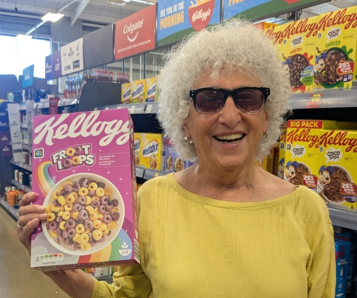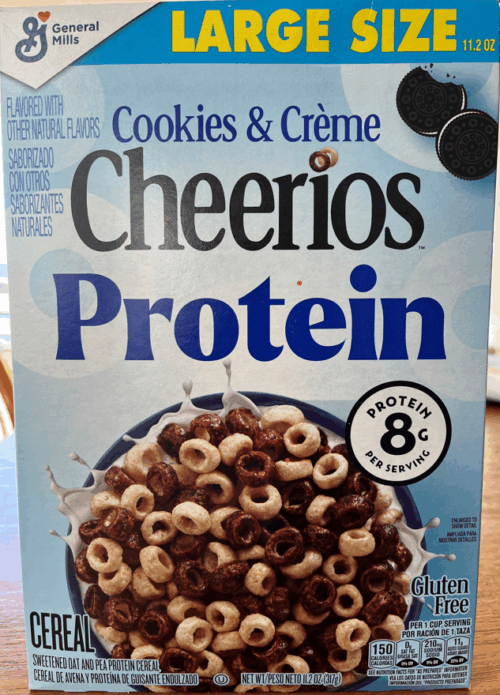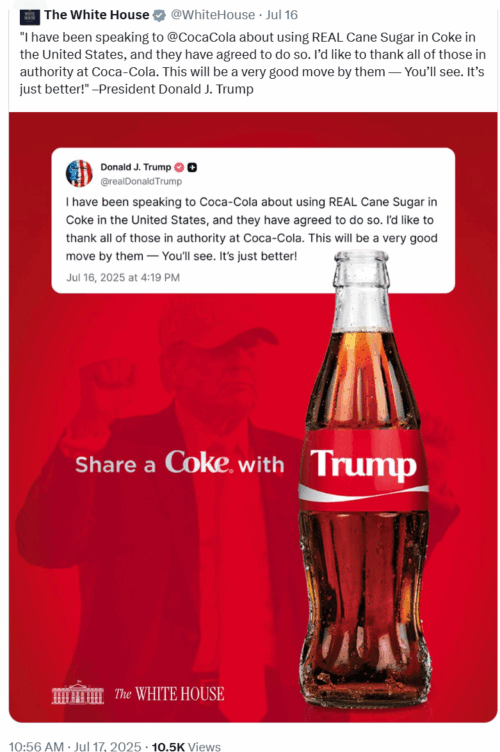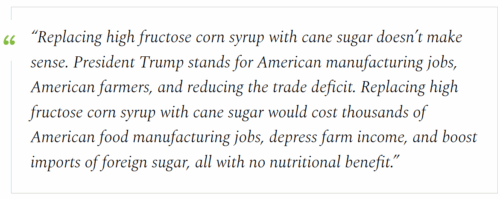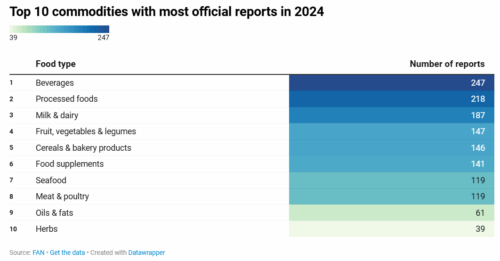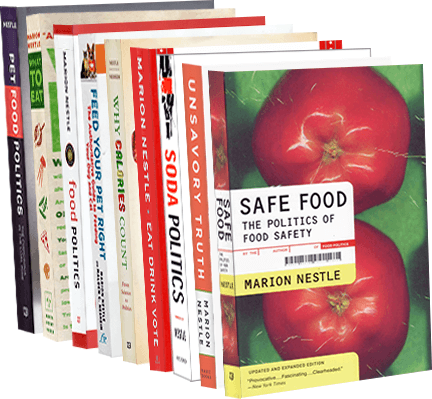Industry-funded study of the week: Eggs
A study funded by the Egg Nutrition Center concludes that eating two eggs a day reduces LDL-cholesterol, a risk factor for heart disease.
My NYU colleague, Mitchell Moss, sent me this news release:
Landmark study flips decades of cholesterol panic aimed at eggs: In a groundbreaking clinical trial, researchers have unraveled the effects of cholesterol and saturated fat, finding that eggs may be far less harmful – and potentially more beneficial – than previously thought. It’s the latest research, using robust scientific work, to recast a nutritional villain in a new light.
My immediate reaction: Who paid for this?
I went right to the study: Impact of dietary cholesterol from eggs and saturated fat on LDL cholesterol levels: a randomized cross-over study, The American Journal of Clinical Nutrition Volume 122, Issue 1, July 2025, Pages 83-91.
Conclusions: Saturated fat, not dietary cholesterol, elevates LDL cholesterol. Compared with consuming a high-saturated fat diet with only 1 egg/wk, consuming 2 eggs daily as part of a low-saturated fat diet lowers LDL concentrations, which may reduce CVD risk.
Funding. This work was funded by the Egg Nutrition Center, a division of the American Egg Board. This funding source had no role in the design of this study, and no role in the analysis or interpretation of the data or writing of the manuscript.
Conflict of interest. JDB, AMC and AMH report financial support was provided by Egg Nutrition Center. All other authors report no conflicts of interest.
Comment: This seems like old news. We’ve known for a long time that saturated fat raises blood cholesterol to a greater extent than does dietary cholesterol. Eggs are the greatest source of cholesterol in U.S. diets. But even during the fiercest days of pushing to lower dietary cholesterol, one egg a day was always OK. Egg consumption has declined and the egg industry wants you to eat more of them. Does eating two eggs a day really reduce heart disease risk? It would be nice to have independentlyy funded corroborating research. This, alas, is an industry-funded study conducted by investigators funded by the egg industry. The claim that the funding source had no role should raise eyebrows. Research shows that funding exerts influence, whether recognized by investigators or not.
_________
Forthcoming November 11, 2025: What To Eat Now


